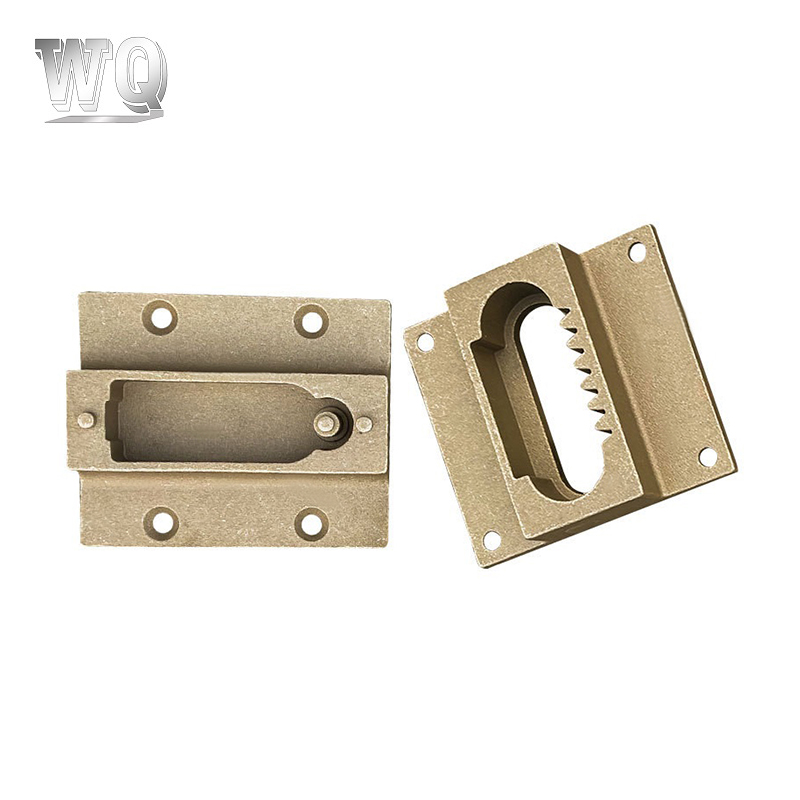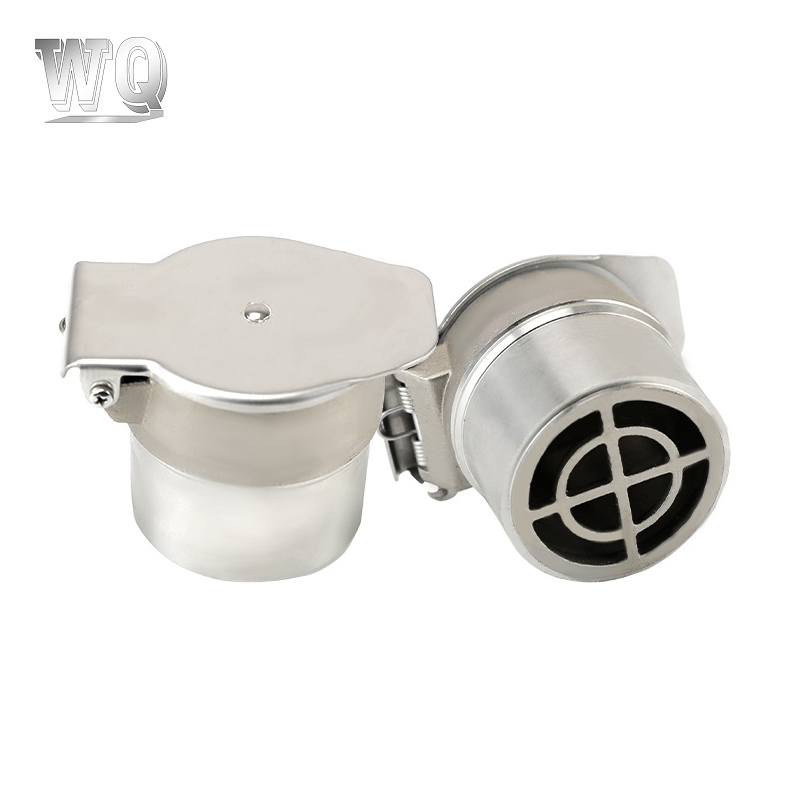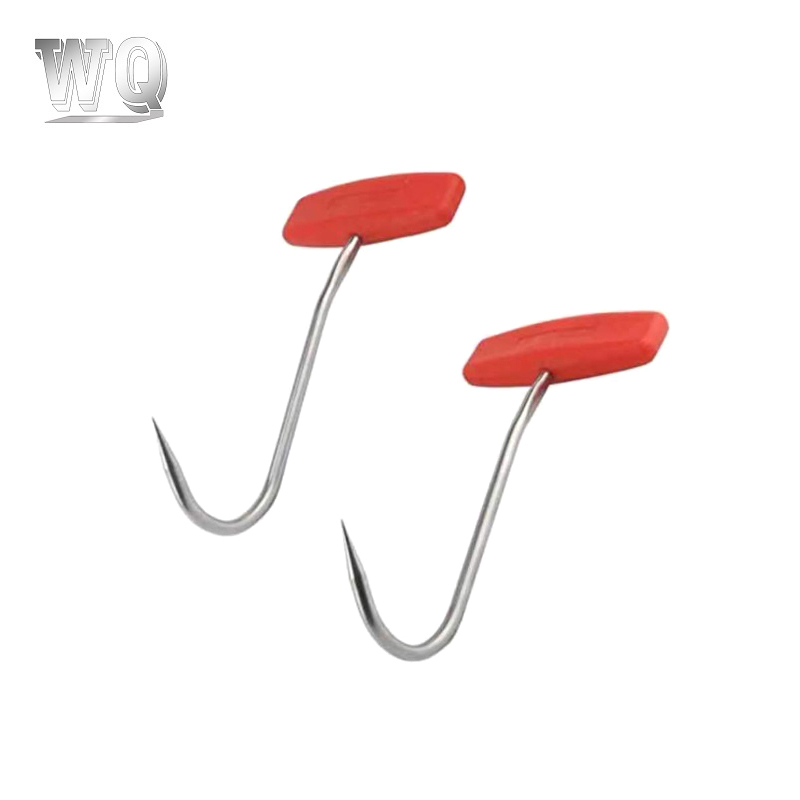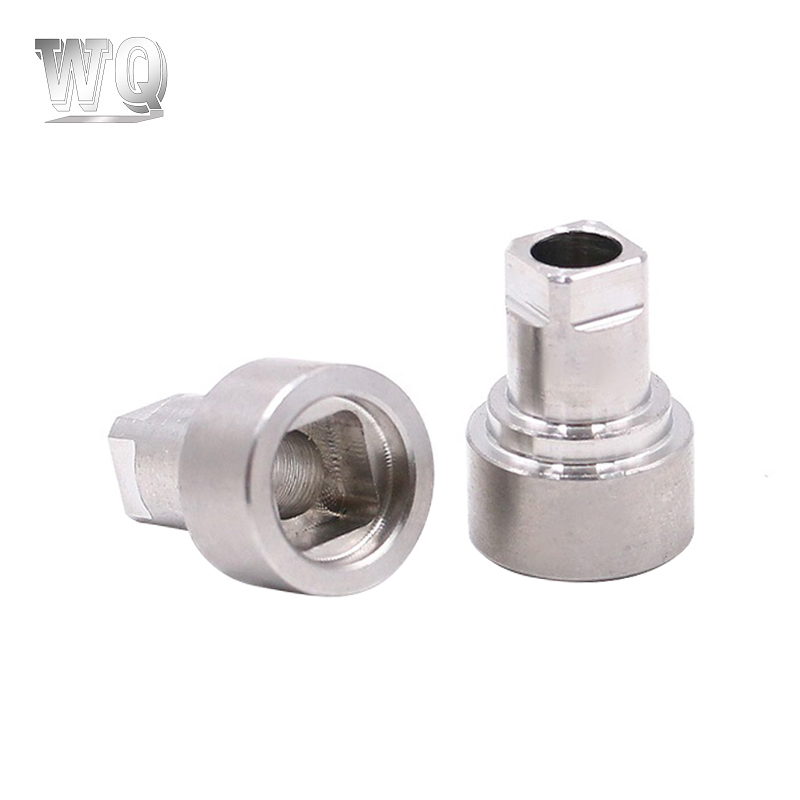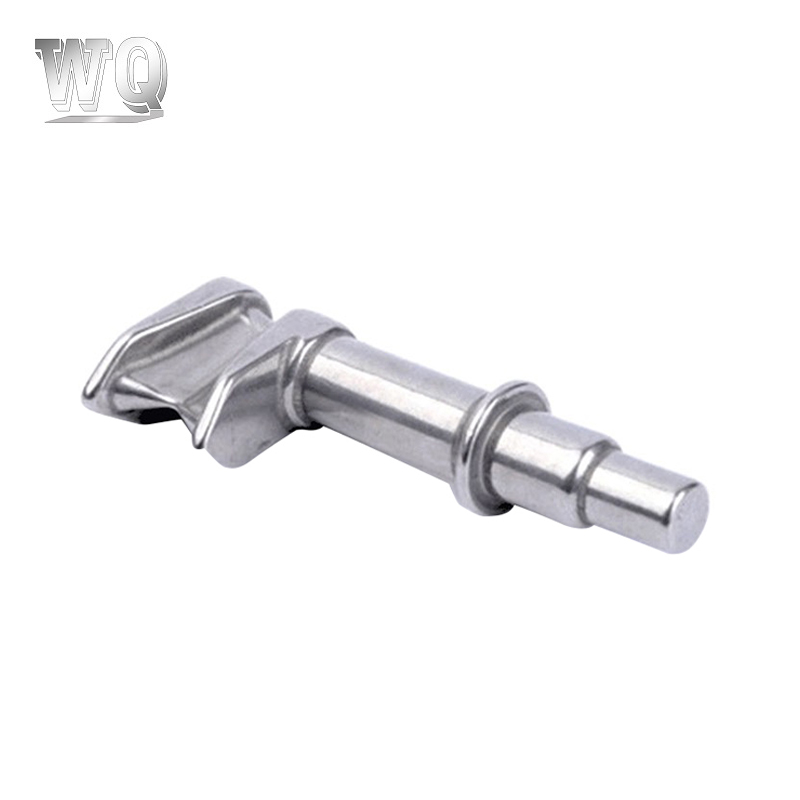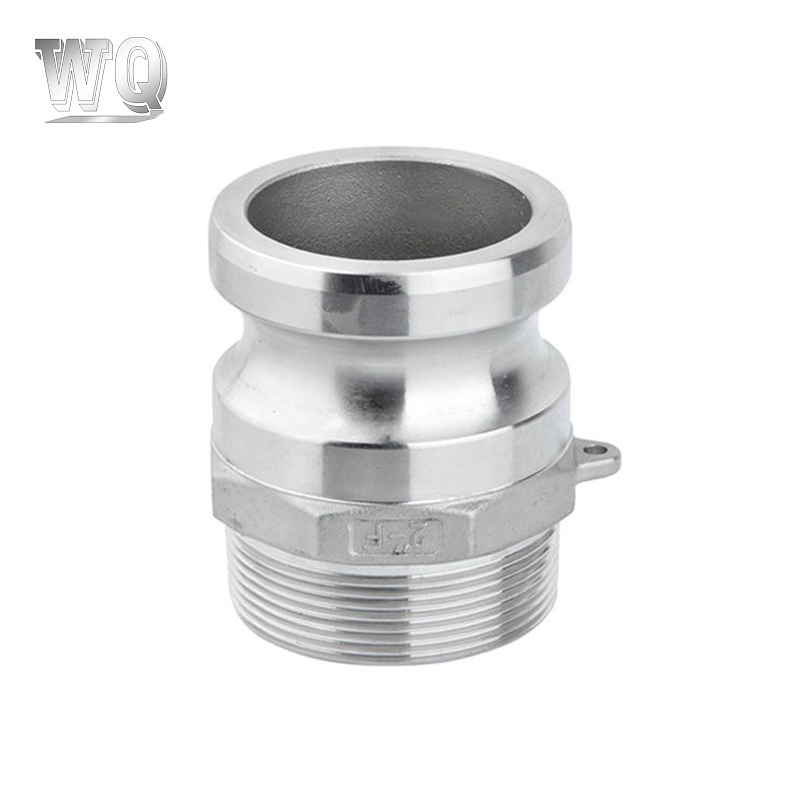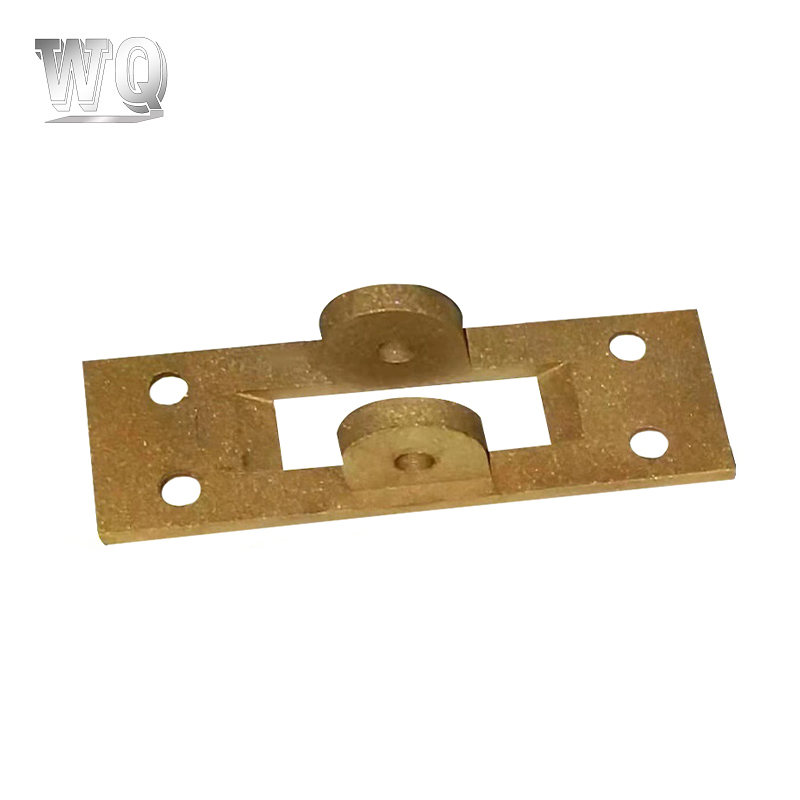Copper casting parts are widely used across various industries due to their excellent properties such as high thermal and electrical conductivity, corrosion resistance, durability, and ease of machining. These parts are produced through the casting process, where molten copper or copper alloys are poured into molds and allowed to solidify into the desired shape. Their versatility makes them essential components in many applications, ranging from industrial machinery to household items.
1. Industrial Machinery and Equipment
Copper casting parts are extensively used in industrial machinery due to their strength and wear resistance. Components such as gears, bushings, bearings, and valves are commonly made from copper alloys like bronze and brass. These parts are crucial in heavy-duty machines where reliability and long service life are required. Their ability to withstand high temperatures and resist corrosion makes them ideal for use in pumps, compressors, and hydraulic systems.
2. Automotive Industry
In the automotive sector, copper casting parts play a vital role in both traditional internal combustion engines and modern electric vehicles (EVs). Components such as radiators, heat exchangers, connectors, and motor parts are often made from copper due to its superior thermal conductivity and electrical properties. In EVs, copper is especially important in electric motors, battery systems, and charging infrastructure, where high conductivity is essential for efficient performance.
3. Marine and Shipbuilding
The marine industry heavily relies on copper casting parts due to their excellent resistance to saltwater corrosion. Components such as propellers, shafts, valves, and hull fittings are commonly made from copper-based alloys like naval brass and aluminum bronze. These materials help extend the lifespan of marine equipment and reduce maintenance costs. Copper castings are also used in desalination plants and offshore platforms where durability under harsh conditions is critical.
4. Construction and Architecture
In construction, copper casting parts are used in architectural hardware, plumbing systems, and electrical installations. Door handles, hinges, locks, and decorative elements are often made from copper due to their aesthetic appeal and long-lasting durability. Copper piping and fittings are widely used in plumbing systems because of their resistance to corrosion and ability to maintain water quality. Additionally, copper is used in electrical wiring and switchgear due to its high conductivity and fire-resistant properties.
5. Electronics and Electrical Equipment
Copper casting parts are essential in the electronics industry, where high electrical conductivity is a priority. Components such as connectors, terminals, busbars, and switch components are commonly made from copper alloys. These parts are used in power distribution systems, transformers, circuit breakers, and industrial control panels. The demand for copper castings in electronics continues to grow with the expansion of renewable energy systems, data centers, and smart devices.
6. Aerospace and Defense
In aerospace and defense applications, copper casting parts are used in aircraft engines, landing gear components, and electrical systems. These parts must meet strict performance and safety standards, and copper alloys are chosen for their reliability under extreme conditions. Copper is also used in radar systems, missile guidance systems, and communication equipment due to its electromagnetic shielding properties.
7. Art and Decorative Items
Beyond industrial and technical applications, copper casting parts are also used in artistic and decorative products. Artists and craftsmen use copper casting techniques to create sculptures, wall art, furniture hardware, and ornamental fixtures. The natural patina that develops on copper over time adds to its visual appeal, making it a popular material in interior design and custom metalwork.
8. Renewable Energy Systems
With the global shift toward sustainable energy, copper casting parts are increasingly used in renewable energy systems. Wind turbines, solar inverters, and energy storage systems all rely on copper components for efficient power transmission. Copper’s high conductivity and durability make it an essential material in the development of green technologies.
Copper casting parts are used in a wide range of applications across multiple industries, from heavy machinery and automotive systems to architecture, electronics, and artistic design. Their excellent mechanical and electrical properties, combined with corrosion resistance and long-term durability, make them a preferred choice for engineers, manufacturers, and designers worldwide. As technology advances and new industries emerge, the demand for copper casting parts is expected to grow, further solidifying their importance in modern manufacturing and infrastructure.
